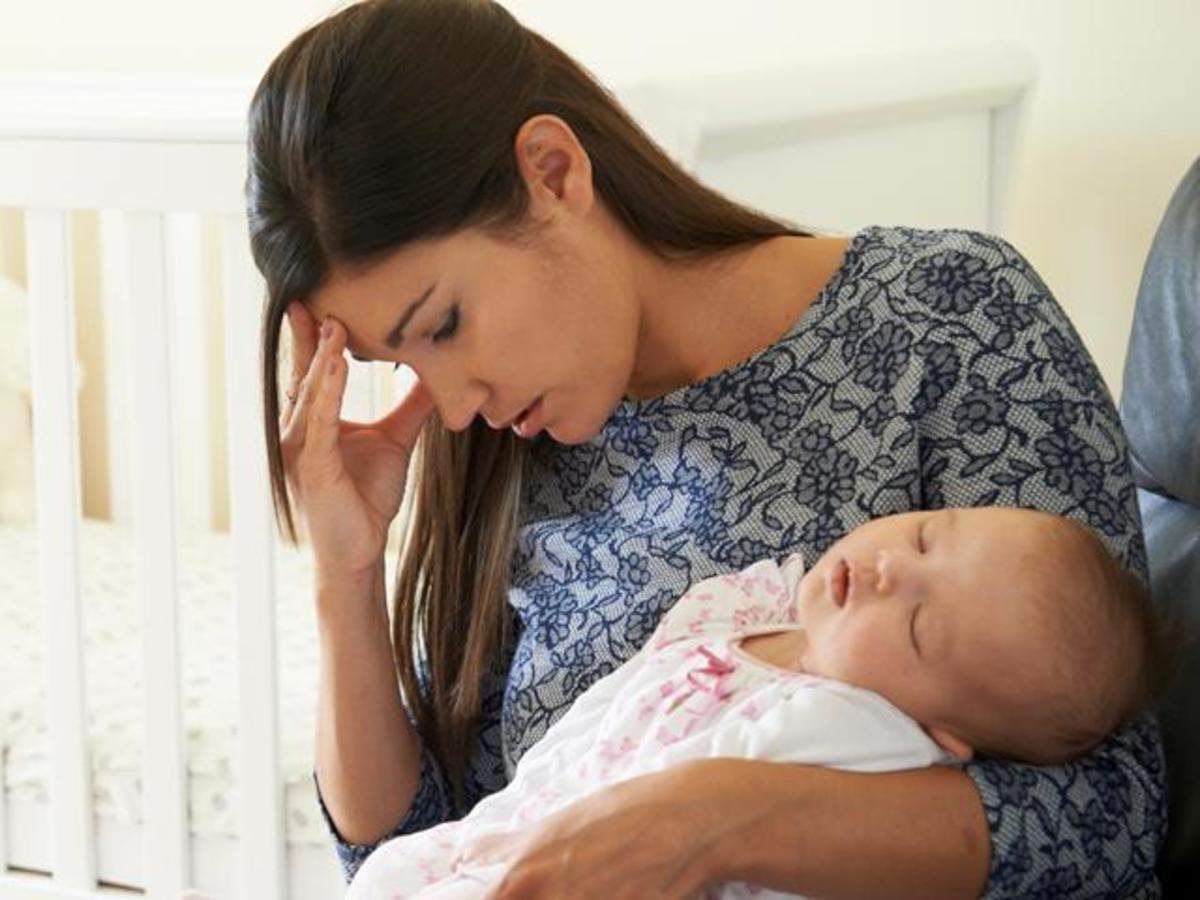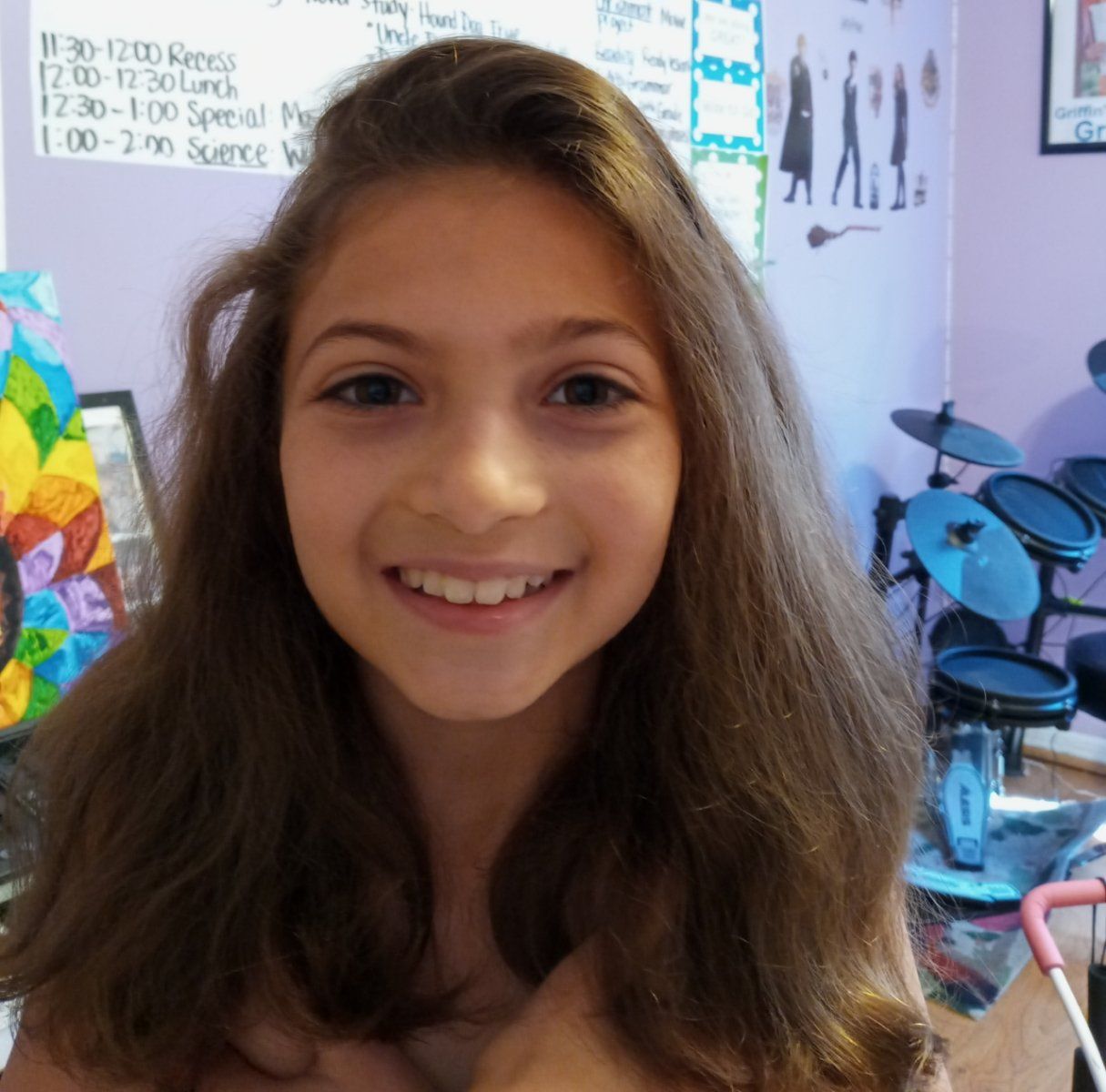Caring For Your Child With Migraine Headache

Migraine is the most common acute and recurrent headache syndrome in children. Migraine prevalence estimates are around 3% of children by age seven years and about 10% by age 15 years. Before puberty, there is an equal prevalence in girls and boys, but after puberty, the prevalence is 2 to 3 times more common in girls. Early intervention is the key for managing migraine in children, to achieve fast and complete pain relief, to minimize the impact on physical and emotional health, and to promote rapid return to normal function, including participation in school, sports, family and social activities.
The diagnosis of migraine is made with the occurrence of at least 5 headaches over the last year, lasting 2-72 hours if left untreated, with additional features including moderate to severe intensity, pulsatile quality, one sided, and worsening with activity. Migraine is often accompanied by aura (a sensation, whether visual or auditory or taste or smell, that precedes headache by 5-60 minutes), nausea, vomiting, abdominal pain, sensitivity to light (photophobia), sensitivity to sound (phonophobia), and generally relieved by sleep. Chronic migraine is defined as 15 or more headache days (8 migraines) per month for 3+ months.
Triggers to migraine include environment (stress, weather changes, barometric pressure); lifestyle (stress, sleep disruption, dehydration, dietary triggers including food dye, MSG, aspartame, nitrates, caffeine, gluten); metabolism (mitochondrial dysfunction, related to energy production in our cells); hormones (neuroendocrine and menstrual, related to rapid changes in estrogen, serotonin, and inflammatory mediators like glutamate and prostaglandins). Identifying and avoiding these triggers are important steps in helping to care for your child with migraines. There are numerous genes that have been found to be associated with migraine disorders, which is one explanation to why migraines often occur in families.
Abortive treatment strategies to manage an acute migraine headache include resting in a dark, quiet, cool room; immediately offering a simple analgesic while the pain is still mild, like acetaminophen (Tylenol) or ibuprofen (Motrin or Advil) or naproxen (Naprosyn or Aleve). If there is significant nausea or vomiting, an antiemetic like ondansetron (Zofran) may be used. For children 5yr or older with moderate to severe migraine unresponsive to these first tier medications, triptans are the next line of treatment: rizatriptan (Maxalt) and zolmitriptan (Zomig) are available in oral disintegrating tablets (ODTs), sumatriptan (Imitrex) and zolmitriptan are available as nasal sprays, almotriptan (Axert) is available as an oral tablet. If one triptan fails to provide pain relief, an alternate triptan may be beneficial. For children 5yr and older and adolescents non-responsive to the above medications, combination therapy with an analgesic-triptan (e.g. sumatriptan/naproxen) is more likely to produce pain relief. For refractory migraines requiring treatment in a specialized headache center or emergency room, next tier abortive medications include dihydroergotamine (DHE), anti-emetics like prochlorperazine, subcutaneous sumatriptan, along with IV hydration.
A few cautions are worth note. Triptans are contraindicated in patients with a history of cardiovascular disease, including stroke and TIA, and cardiac conduction disorders, including WPW. Using triptans more than 9 days per month increases the risk of rebound headache, so keeping a log or headache diary is an important way to monitor the frequency of headaches and their treatment.
Preventive strategies are the mainstay in managing migraine headache in children and adolescents: these include medication, supplements, and integrative therapies. Preventive medications include anti-seizure medications like topiramate, zonisamide, and gabapentin; beta-blockers like atenolol or propanolol; tricyclic antidepressants like amitriptyline and nortriptyline; calcium channel blockers like verapamil; SNRIs like venlafaxine and duloxetine; SSRIs like fluoxetine and escitalopram. There are ongoing studies to evaluate whether Botox (onabotulinumtoxinA) reduces migraines frequency or reduces migraine days in children and adolescents with migraine. Decisions regarding the use of these preventive medications are generally made with the guidance of a pediatric neurologist or headache specialist. In addition to these pharmacological treatments, there are numerous integrative and holistic approaches to manage patients with chronic headache.
Preventive supplements include:
- Magnesium (glycinate or gluconate) 10/kg/day up to 500mg/day taken with water at dinnertime. Magnesium oxide and magnesium citrate are more likely to cause diarrhea. Magnesium is active in over 300 pathways, and for headache prevention, works in reducing muscle tension, decreasing neurogenic inflammation, regulating pain, and blocking glutamate.
- Riboflavin (vitamin B2) 200mg daily in young children, 400mg daily in older children and adolescents. Active in mitochondrial function. Side effects include very yellow urine.
- CoQ10/ubiquinol 200mg daily, though avoid near bedtime, as it may boost energy and cause insomnia. Active in mitochondrial function and reducing inflammation.
- Melatonin 3mg-10mg nightly, increasing dosage may be needed as patients can develop tolerance. Side effects include drowsiness, daytime sleepiness, and nocturnal enuresis (bedwetting). Active in reducing inflammation, reducing vasodilatation, and blocking glutamate.
- Iron supplementation if labs reveal low iron/ferritin levels (the optimal ferritin level is 50-70). Low iron levels are associated with morning headaches, poor sleep, restless legs, along with anemia, fatigue and cognitive issues. The recommended dose is 2-6 mg/kg/day, 18-65mg of elemental iron daily (65mg of elemental iron is equivalent to 325mg ferrous sulfate). Taking iron with vitamin C increases the absorption.
- Vitamin D3 should be optimized from 40-90 ng/ml to reduce inflammation, support immune function, optimize cell signaling, improve hormonal balance, and regulate neurotransmitter release. The target dose for young children is 2000 IU daily, for adolescents 4000-5000 IU daily.
- Omega-3 fatty acids (fish oil) 2-4grams daily to reduce inflammation. The parallel recommendation is to increase dietary omega-3 fatty acids from anti-inflammatory vegetable oils (olive and flax seed), and decrease omega-6 fatty acids from pro-inflammatory vegetable oils (soybean and corn). High dose fish oil may increase burping and bleeding/bruising. DHA from algae 200-400mg is alternative for vegans or those who cannot tolerate fish oil.
- Butterbur is no longer recommended due to possible liver toxicity. Popular products include Petadolex and Migravent.
Preventative therapies include:
- Acupuncture (activates inhibitory pain pathways to stop pain)
- Nerve blocks
- Nutrition: increased omega-3s (salmon, nuts, olives, flax), avoid prolonged fasting, increase hydration up to 64oz per day, eat whole food including healthy fats (eggs, avocado, organic full fat dairy), minimize added sugars, reduce chemical exposures in food (caffeine, MSG, aspartame, nitrates, dyes), consider elimination diet (gluten).
- Self-regulation techniques: biofeedback (e.g. pain center biofeedback systems, home devices like Heart Math and Apollo Neuro), meditation, mindfulness, clinical hypnosis
- Movement therapies: yoga, exercise, physical therapy
- Neuromodulation Devices: Cefaly, gammaCore (nerve stimulators)
- Cognitive behavioral therapy for chronic pain and mood disorder
We are here for you. Reach out on the portal or schedule an appointment to come see us in the office if you have any concerns about your child with migraine headaches. Here are some local and national resources to support our patients with migraine and their families:
Dr. Suzanne Hagler, Pediatric Neurology, Director Headache Program
Nicklaus Children’s Hospital 954-385-6276
Dr. Diana Martinez, Pediatric Neurology, Joe DiMaggio Children’s Hospital
954-265-2423
Dr. Paige Kalika, Pediatric Neurology, University of Miami Health System
305-243-3100
American Migraine Foundation americanmigrainefondation.org
856-423-0043
MAGNUM - Migraine Awareness Group: A National Understanding for
Migraineurs www.migraines.org. 703-739-9384
Miles for Migraine milesformigraine.org. 484-534-8786
National Headache Foundation headaches.org. 888-NHF-5552


























